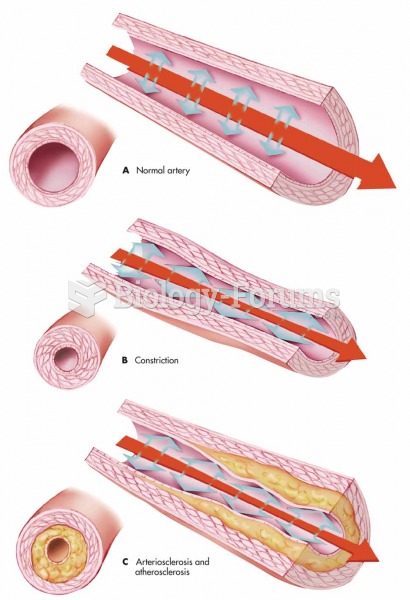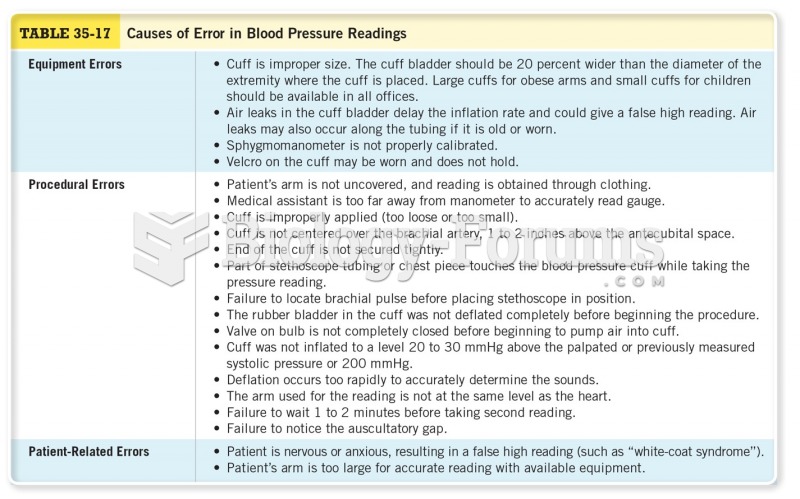Answer to Question 1
1
Rationale 1: Although they have no smooth muscle, the alveoli are abundantly rich in capillaries. An extremely thin membrane in the alveoli allows gases to move readily between the internal environment of the blood and the inspired air. As oxygen crosses this membrane, it is exchanged for carbon dioxide, a cellular waste product that travels from the blood to the air. The lung is richly supplied with blood. Blood flow through the lung is called perfusion.
Rationale 2: Blood flow through the lung is called perfusion.
Rationale 3: Blood flow through the lung is called perfusion.
Rationale 4: Blood flow through the lung is called perfusion.
Global Rationale: Although they have no smooth muscle, the alveoli are abundantly rich in capillaries. An extremely thin membrane in the alveoli allows gases to move readily between the internal environment of the blood and the inspired air. As oxygen crosses this membrane, it is exchanged for carbon dioxide, a cellular waste product that travels from the blood to the air. The lung is richly supplied with blood. Blood flow through the lung is called perfusion. Inspiration, expiration, and respiration are not the terms for blood flow through the heart.
Answer to Question 2
1
Rationale 1: The URT consists of the nose, nasal cavity, pharynx, and paranasal sinuses. These passageways warm, humidify, and clean the air before it enters the lungs. The URT traps and removes particulate matter and many pathogens before they reach the lower portions of the lungs, where they would be able to access the capillaries of the systemic circulation.
Rationale 2:The lungs and associated structures is incorrect because the upper respiratory tract consists of the nose, nasal cavity, pharynx, and paranasal sinuses.
Rationale 3: The upper respiratory tract consists of the nose, nasal cavity, pharynx, and paranasal sinuses.
Rationale 4:The nose, nasal cavity, pharynx, and the lungs is incorrect. The upper respiratory tract consists of the nose, nasal cavity, pharynx, and paranasal sinuses.
Global Rationale: The URT consists of the nose, nasal cavity, pharynx, and paranasal sinuses. These passageways warm, humidify, and clean the air before it enters the lungs. The URT traps and removes particulate matter and many pathogens before they reach the lower portions of the lungs, where they would be able to access the capillaries of the systemic circulation.







